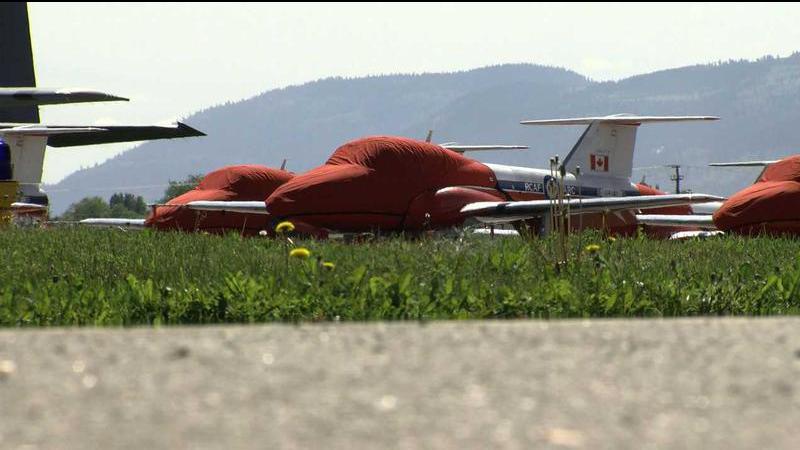
Bird strike, engine stall – Causes determined in deadly Snowbirds crash
KAMLOOPS — A Canadian Armed Forces investigation into the deadly Snowbirds crash in Kamloops has now concluded, with safety recommendations going forward.
On May 17 2020, the Snowbirds aerobatics team was taking off from the Kamloops Airport when one of the Tutor jets suddenly crashed into the Brocklehurst neighbourhood. Capt. Jennifer Casey was killed and Capt. Richard MacDougall was seriously injured after they ejected from the jet.
The RCAF team was in Kamloops as part of Operation Inspiration during the COVID-19 pandemic.


